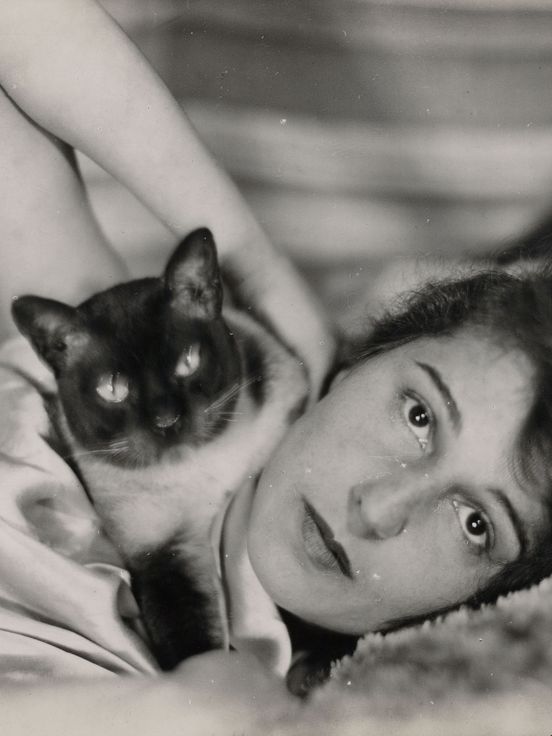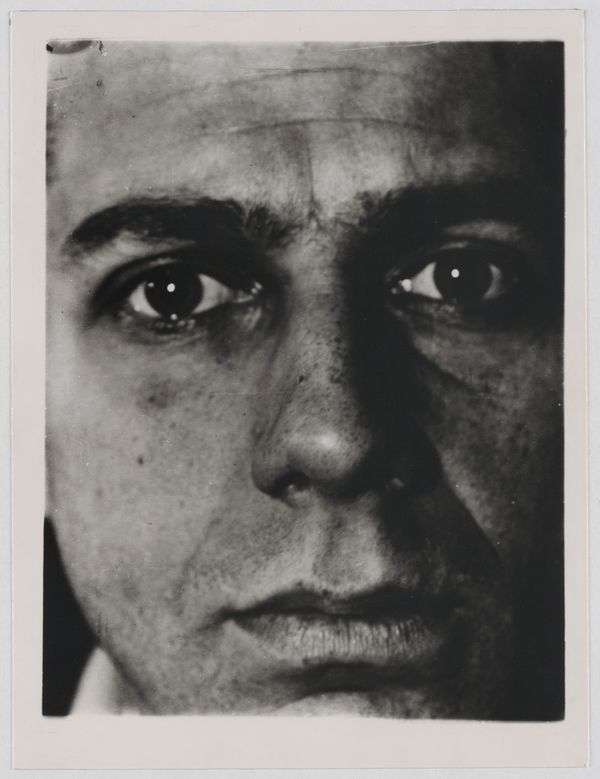Provenance
Umbo assigned the exclusive agent's rights to his works from before 1945 to Gallery Kicken, which also received Umbo's photographs from Paul Citroen's estate. For several decades, Rudolf Kicken was unstinting in his efforts to secure the preservation of the complete body of work in a way that would make it accessible to the public. He worked on this project in close collaboration with the artist's daughter, Phyllis Umbehr, who owned another part of the estate with her husband, Manfred Feith-Umbehr. They made all these works available for study, which enabled art historian Professor Herbert Molderings to write a seminal monograph on Umbo. In 2000, the collector Thomas Walther acquired a significant part of the artist's estate. He too was interested in making this acquisition available to a German museum in the long term. The purchase of the works by the three museums was the fruit of seven years' preparation. Not only did financing have to be arranged, but also the details of bringing together work from these three different provenances. In addition, Phyllis Umbehr's donation of a large quantity of related archival material now allows the comprehensive scientific appraisal of Umbo's oeuvre.

